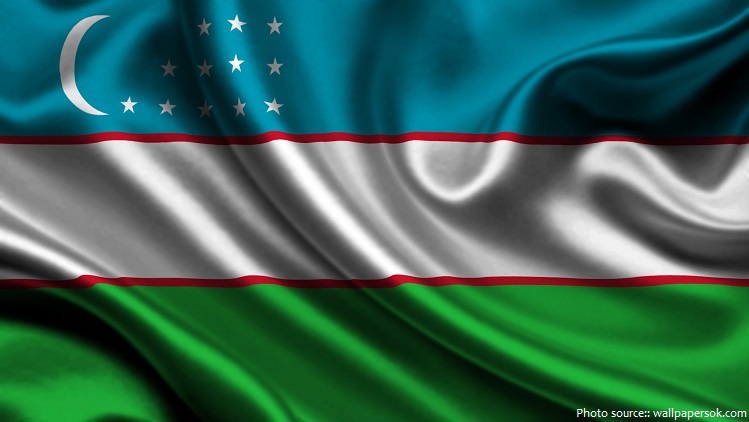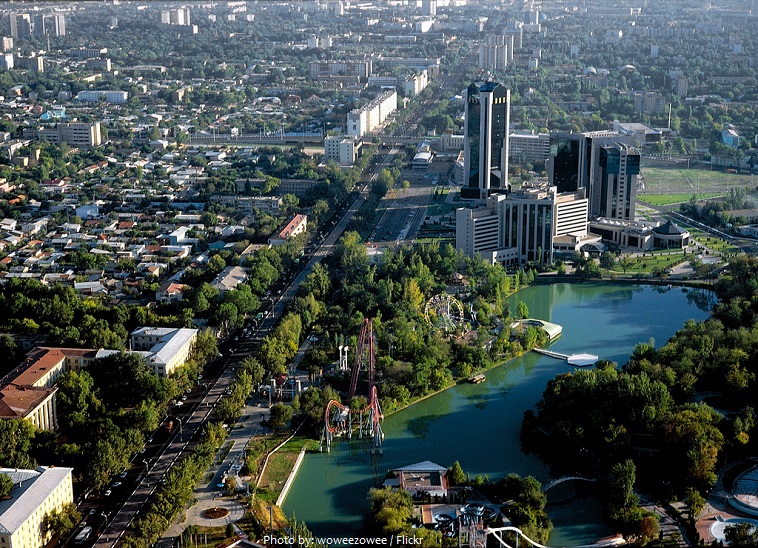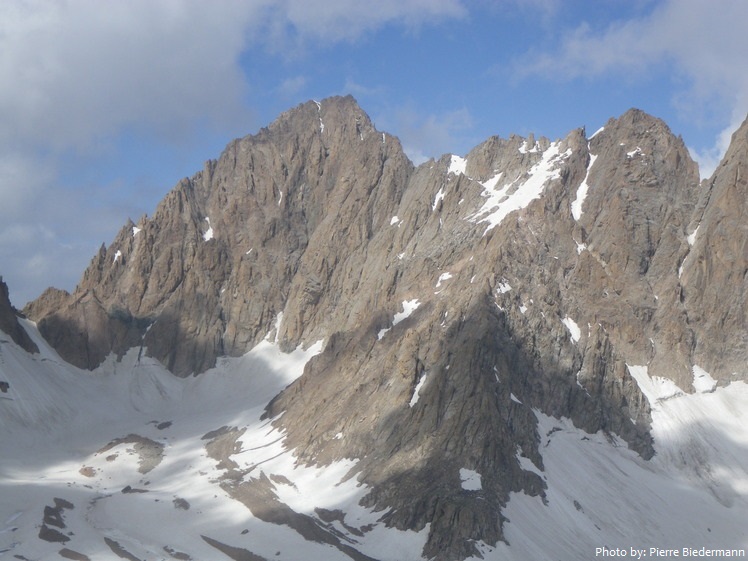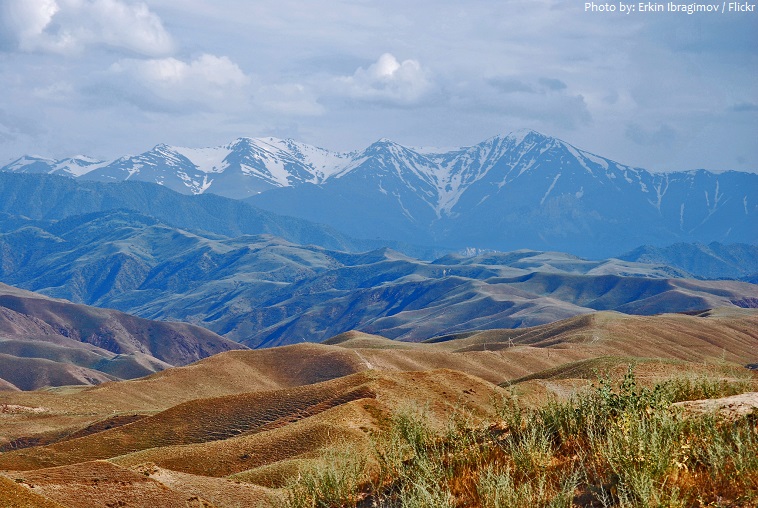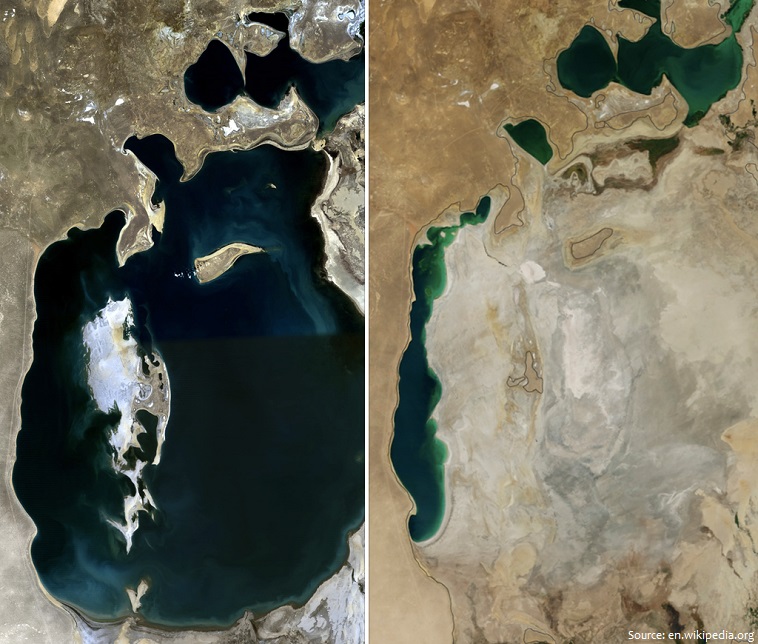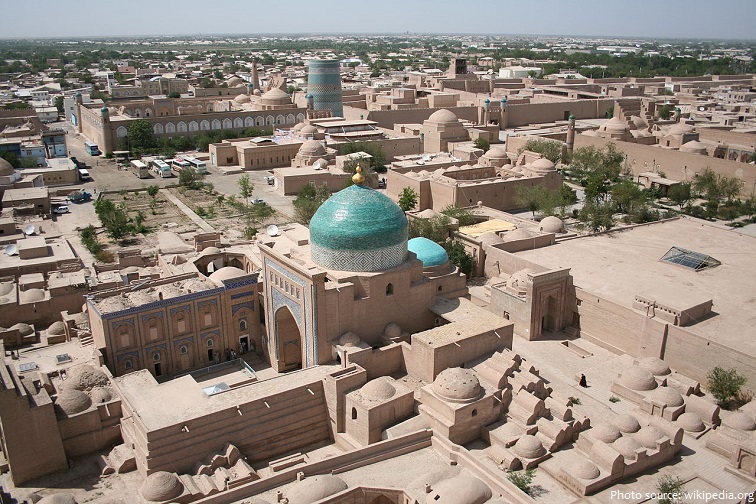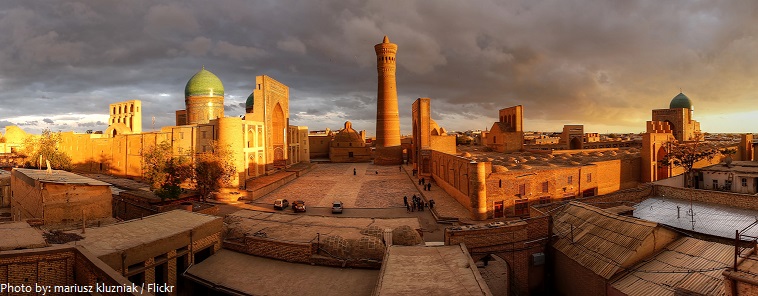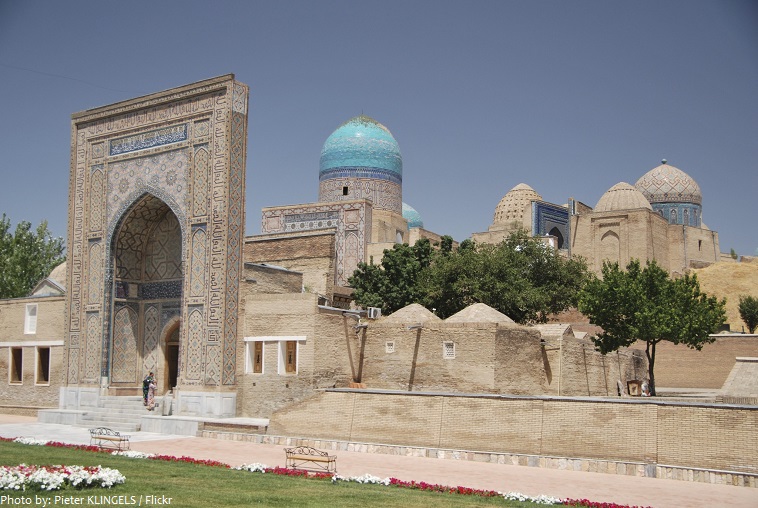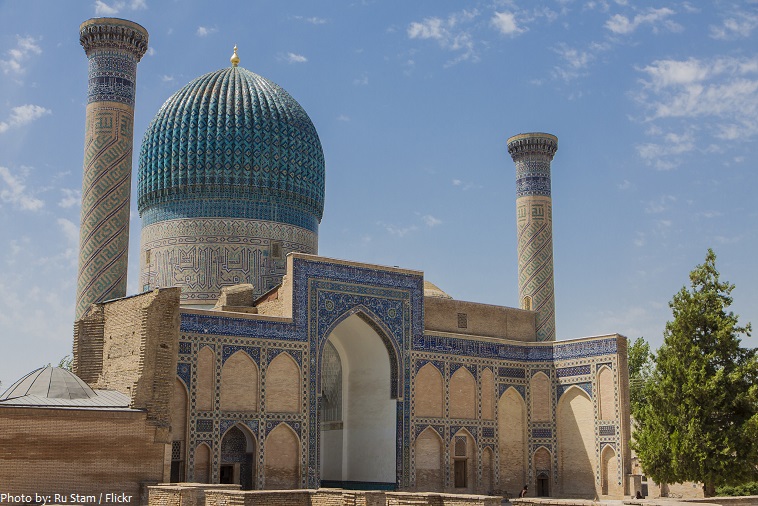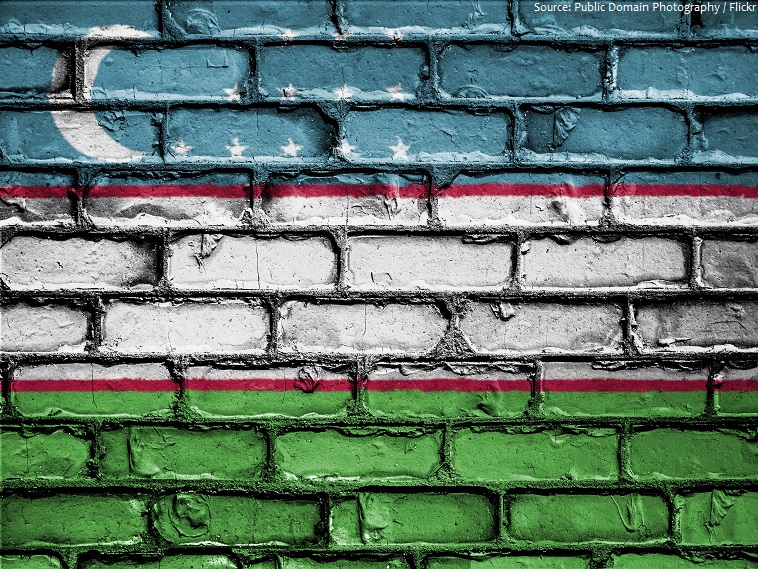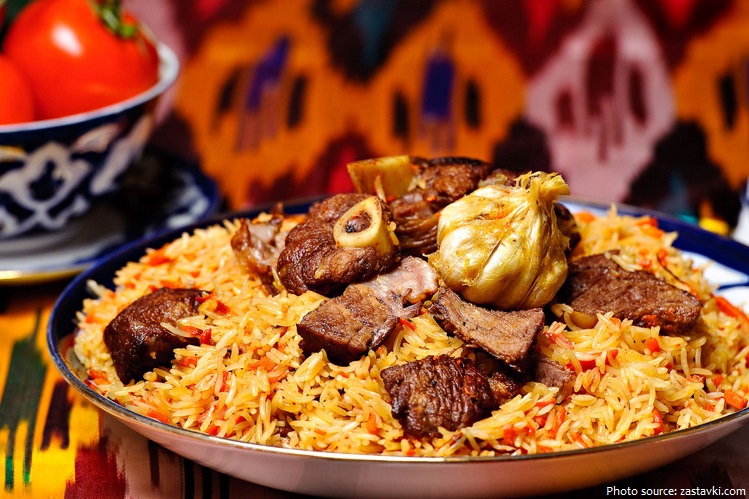Uzbekistan is a Central Asian nation and former Soviet republic.
The official name of the country is the Republic of Uzbekistan.
It is bordered by Kazakhstan to the north, Tajikistan to the southeast, Kyrgyzstan to the northeast, Afghanistan to the south and Turkmenistan to the southwest.
The official language is Uzbek.
As of 1 January 2017, the population of Uzbekistan was estimated to be 30,575,817 people.
It is the 56th largest country in the world by area with 447,400 square kilometers (172,700 square miles).
Tashkent is the capital and largest city of Uzbekistan. It’s known for its many museums and its mix of modern and Soviet-era architecture.
Uzbekistan is one of two doubly landlocked countries in the world (that is, a country completely surrounded by landlocked countries), the other being Liechtenstein.
The physical environment of Uzbekistan is diverse, ranging from the flat, desert topography that comprises almost 80% of the country’s territory to mountain peaks in the east.
The highest point in Uzbekistan is the Khazret Sultan, at 4,643 meters (15,233 feet) above sea level.
Uzbekistan has 2 national parks and 9 nature reserves.
Zaamin National Park is the oldest nature preserve in Uzbekistan, created in 1926 as Guralash Nature Preserve on the northern slopes of the western part of Turkestan Range, in the valleys of the rivers Kulsoy, Guralash, Baikungur, and Aldashmansoy. Total area is 156 squar kilometers (60 square miles). Elevations from 1,700 meters (5,600 feet) (in the Guralash valley) to 3,571 meters (11,716 feet) (Guralash Peak).
Formerly one of the four largest lakes in the world with an area of 68,000 square kilometers (26,300 square miles), the Aral Sea has been steadily shrinking since the 1960s. Satellite images taken by NASA in August 2014 revealed that for the first time in modern history the eastern basin of the Aral Sea had completely dried up. The eastern basin is now called the Aralkum Desert. [Images below: The Aral Sea in 1989 (left) and 2014 (right)]
Uzbekistan has 5 UNESCO world heritage sites.
Itchan Kala is the inner town (protected by brick walls some 10 meters / 33 feet high) of the old Khiva oasis, which was the last resting-place of caravans before crossing the desert to Iran. The old town retains more than 50 historic monuments and 250 old houses, dating primarily from the eighteenth or nineteenth centuries. It was declared a UNESCO World Heritage Site in 1990.
Bukhara, which is situated on the Silk Route, is more than 2,000 years old. It is the most complete example of a medieval city in Central Asia, with an urban fabric that has remained largely intact. Monuments of particular interest include the famous tomb of Ismail Samani, a masterpiece of 10th-century Muslim architecture, and a large number of 17th-century madrasas. It was declared a UNESCO World Heritage Site in 1993.
The Registan was the heart of the ancient city of Samarkand of the Timurid dynasty, now in Uzbekistan. The name Rēgistan means “Sandy place” or “desert” in Persian. It was a public square, where people gathered to hear royal proclamations, heralded by blasts on enormous copper pipes called dzharchis – and a place of public executions. It is framed by three madrasahs (Islamic schools) of distinctive Islamic architecture.
Shah-i-Zinda is a necropolis in the north-eastern part of Samarkand. The Shah-i-Zinda Ensemble includes mausoleums and other ritual buildings of 9-14th and 19th centuries.
The Gūr-i Amīr is a mausoleum of the Asian conqueror Timur (also known as Tamerlane) in Samarkand. It occupies an important place in the history of Persian-Mongolian Architecture as the precursor and model for later great Mughal architecture tombs, including Gardens of Babur in Kabul, Humayun’s Tomb in Delhi and the Taj Mahal in Agra, built by Timur’s Persianised descendants, the ruling Mughal dynasty of North India. It has been heavily restored.
The first people known to have inhabited Central Asia were Iranian nomads who came from the northern grasslands of what is now Uzbekistan, sometime in the first millennium BC.
The Uzbekistan land was once part of the ancient Persian Empire and was later conquered by Alexander the Great in the 4th century B.C.
The Mongols under Ghengis Khan took over the region from the Seljuk Turks in the 13th century, and it later became part of Tamerlane the Great’s empire and that of his successors until the 16th century.
The territory was made into the Uzbek Republic in 1924 and became the independent Uzbekistan Soviet Socialist Republic in 1925.
On 20 June 1990, Uzbekistan declared its state sovereignty. On 31 August 1991, Uzbekistan declared independence after the failed coup attempt in Moscow. 1 September was proclaimed the National Independence Day. The Soviet Union was dissolved on 26 December of that year.
Uzbekistan’s economy relies mainly on commodity production, including cotton, gold, uranium, and natural gas.
Uzbekistan is one of the largest producers and exporters of cotton.
Uzbekistan has the fourth largest gold deposits in the world. The country mines 80 tons of gold annually, seventh in the world.
The world’s largest open-pit gold mine is at Muruntau in the Qizilqum desert.
The country’s uranium production ranks 17th globally.
The Uzbek national gas company, Uzbekneftegas, ranks 11th in the world in natural gas production.
Uzbekistan’s national dish is palov (plov or osh or “pilaf”), a main course typically made with rice, pieces of meat, grated carrots and onions. It is usually cooked in a kazan (or deghi) over an open fire.
Green tea is the national hot beverage taken throughout the day; teahouses (chaikhanas) are of cultural importance.
Uzbekistan is Central Asia’s most populous country and the majority live in rural areas.
Football is the most popular sport in Uzbekistan.
In Uzbekistan, handshakes are only acceptable if it is between two men. The way to greet an Uzbek woman is by bowing to her with your right hand placed over your heart.
In 2002, archaeologists discovered a series of ancient pyramids in a remote part of Uzebekistan, believed to be 2,700 years old!
Dr Pavel (crazy scientist) in The Dark Knight Rises, was apparently from Uzbekistan.
